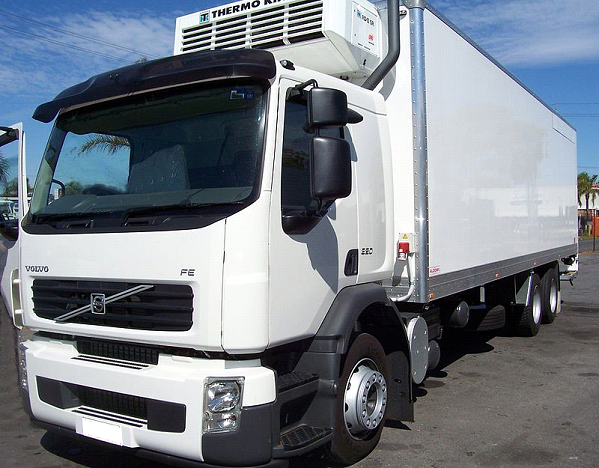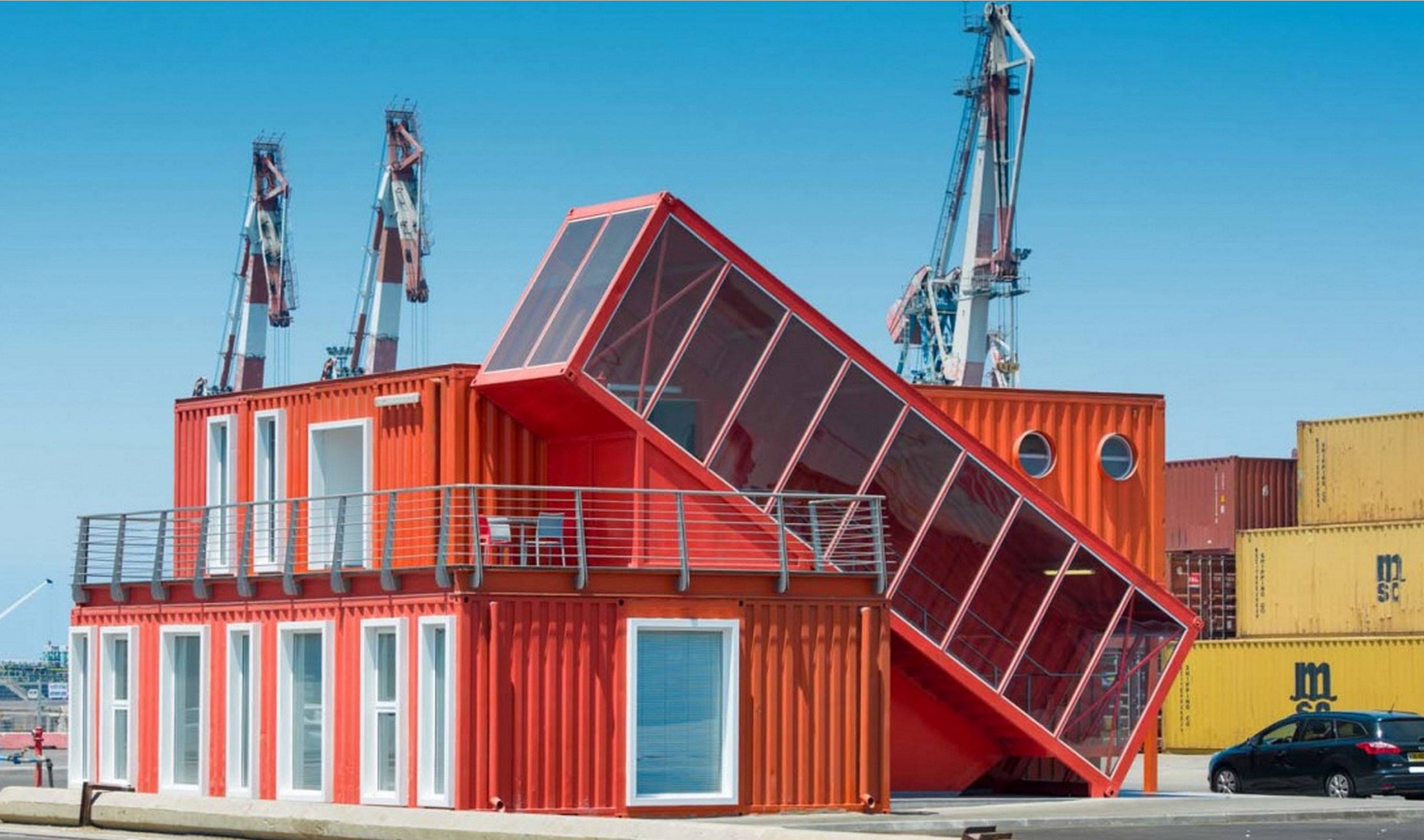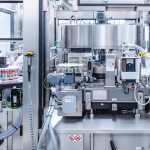Transport And Storage: Managing An Uninterrupted Cold Chain

Shipping products from one corner of the globe to another is commonplace. While this presents us with opportunities for trade and exposure to different products, it creates major challenges for those who transport the items. When goods are shipped from place to place, especially over long distances, the primary goal will be to ensure these items are transported and stored correctly so they arrive safely and in good condition.
Transportation of perishable items
The movement of perishable items such as food needs particular consideration and careful management during the warehouse storage and transportation process. Food can quickly lose nutritional value during shipping, so it needs to be kept under controlled conditions during transportation to maintain its shelf life. It’s not just how fresh or tasty food remains that is critical, however. If food isn’t stored correctly or kept under the right conditions, it can spoil, get damaged or become contaminated, which can pose a health and safety risk.
The importance of the cold chain
In order to manage the correct and safe transportation of perishable items, an uninterrupted cold chain needs to be in place at every stage of the journey, from beginning to end. In addition to keeping products at the right temperature from the moment they are picked, harvested, packed or produced, food needs to stay under these same conditions as soon as it hits the supermarket shelves at the end destination.
Managing an uninterrupted cold chain is an essential part of a business process, and it should never be compromised. The consequences of contaminated or spoiled products from mismanagement of the cold chain can be serious. At the very least, it could impact on a company’s reputation. In the worst case, it could be a health hazard.
Managing the cold chain
Although managing an uninterrupted cold chain can prove costly and challenging, there are many ways businesses can achieve this using the latest technology and logistics solutions. Whether you’re buying used food processing machines from suppliers such as www.clarke-fussells.co.uk/, or fridges, cool boxes and other items of equipment, it’s important to know what all your options are when it comes to food production, warehouse storage and transportation.
Once you’ve assessed your options, work out which apply best to your product and business. You may consider investing in machines and equipment like refrigeration containers to keep your frozen products and materials from spoiling. Devices that log temperatures inside storage containers or fridges are particularly useful for continuously monitoring temperatures, for example.




















How Your Business Can Benefit From Protective Screens
What Are The Main Advantages Of Using A Marketing Agency?
7 Benefits Of Using Internet Marketing For Your Business
A Guide To Advertising A Brand New Business